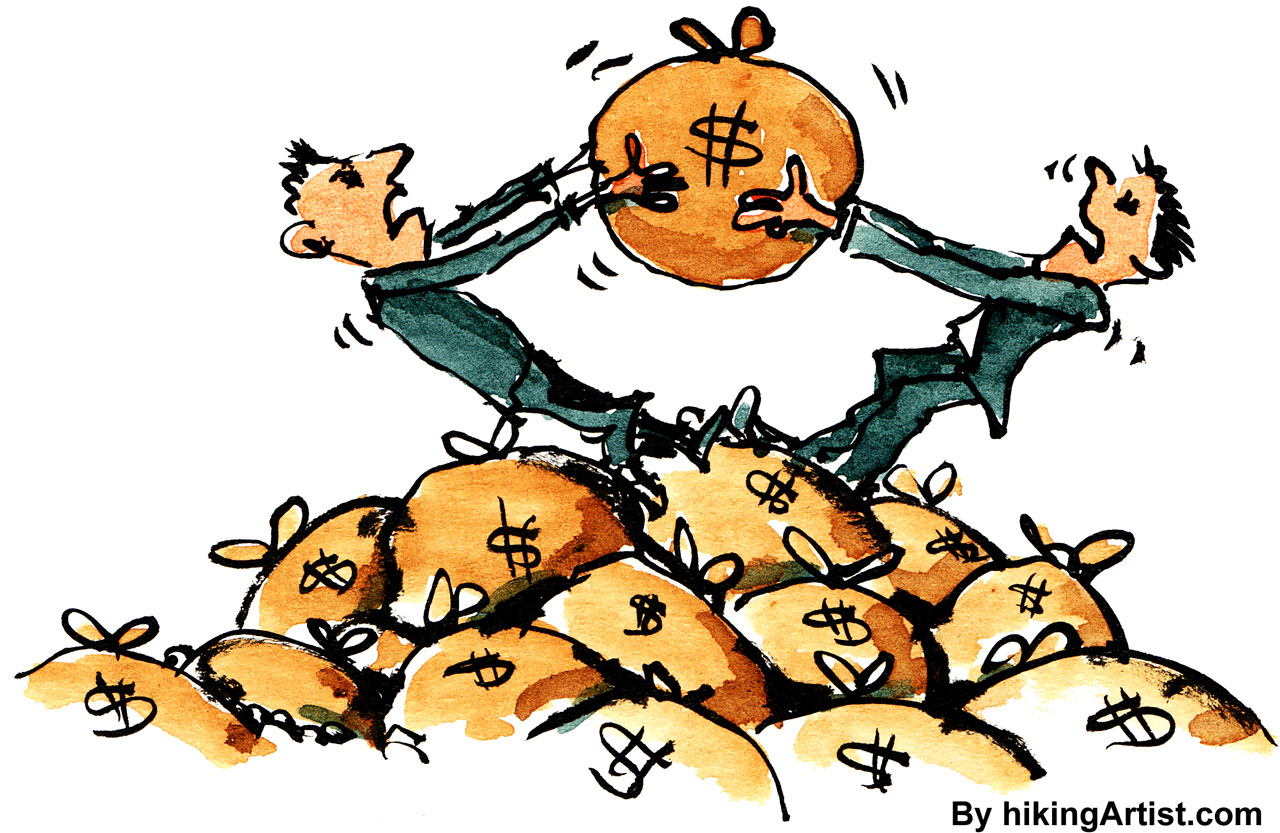by Calvin Price
In 1964, William Sharpe and John Lintner developed a formula called the Capital Asset Pricing Model (CAPM) for predicting the pricing of stocks. It was mathematically simplistic and intuitive; it asked the right questions; it was an immediate success in the economic community. It was taught in virtually all business schools as the stand-alone method for pricing stocks. There was just one problem with the model: it didn't work.
Models attempt to simplify the real world, find a rule, and then apply that rule in reality. Through this stringent means of testing and retesting, hypothesizing and theorizing – applying the scientific method - researchers can find rules that govern economics. To reduce the complex system of variables that apply in any situation into a linear formula is no easy task – but it is especially difficult, and probably impossible to do so for the stock market. The stock market is subject to a complex scheme of crowd psychology, moods, global affairs, and seemingly unrelated topics all have the potential to shift prices. It is highly doubtful that any theory would be able to accurately measure these effects and create a theory from that.
In 1994, a famous investment company called Long-Term Capital Management (LTCM) was founded and was praised as being the largest gathering of academic and practical knowledge on the stock market in existence. It had several Nobel Prize winners, professors from prestigious academic institutions, and weathered pit traders and quantitative analysts from Wall Street. They enjoyed risk-free borrowing from banks and had access to the latest technology. Within three years they were hailed as possibly being the greatest investment company ever founded having made unheard of returns on investments. In 1998, the company flamed out of existence in a period of less than a month in a relatively non-volatile market. They are one of the most well known examples of trading errors, are frequently examined in case studies, have been the subject of a book and numerous academic articles, and relied heavily on the CAPM.
In 1964, William Sharpe and John Lintner developed a formula called the Capital Asset Pricing Model (CAPM) for predicting the pricing of stocks. It was mathematically simplistic and intuitive; it asked the right questions; it was an immediate success in the economic community. It was taught in virtually all business schools as the stand-alone method for pricing stocks. There was just one problem with the model: it didn't work.
Models attempt to simplify the real world, find a rule, and then apply that rule in reality. Through this stringent means of testing and retesting, hypothesizing and theorizing – applying the scientific method - researchers can find rules that govern economics. To reduce the complex system of variables that apply in any situation into a linear formula is no easy task – but it is especially difficult, and probably impossible to do so for the stock market. The stock market is subject to a complex scheme of crowd psychology, moods, global affairs, and seemingly unrelated topics all have the potential to shift prices. It is highly doubtful that any theory would be able to accurately measure these effects and create a theory from that.
In 1994, a famous investment company called Long-Term Capital Management (LTCM) was founded and was praised as being the largest gathering of academic and practical knowledge on the stock market in existence. It had several Nobel Prize winners, professors from prestigious academic institutions, and weathered pit traders and quantitative analysts from Wall Street. They enjoyed risk-free borrowing from banks and had access to the latest technology. Within three years they were hailed as possibly being the greatest investment company ever founded having made unheard of returns on investments. In 1998, the company flamed out of existence in a period of less than a month in a relatively non-volatile market. They are one of the most well known examples of trading errors, are frequently examined in case studies, have been the subject of a book and numerous academic articles, and relied heavily on the CAPM.
























